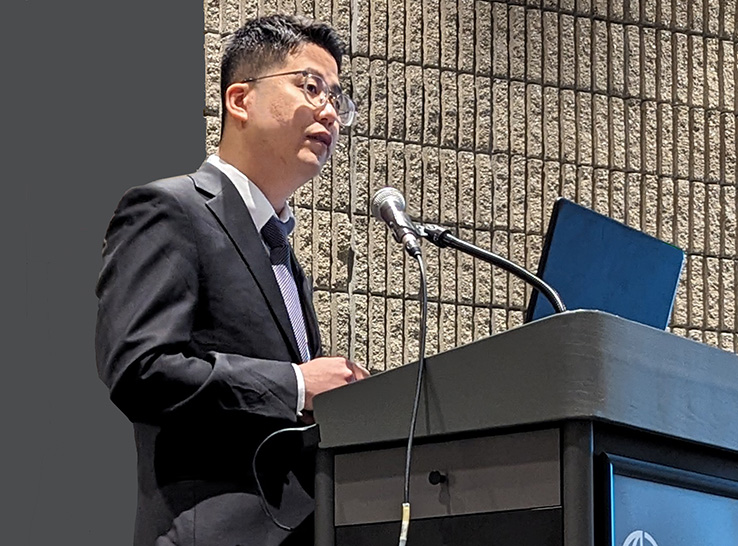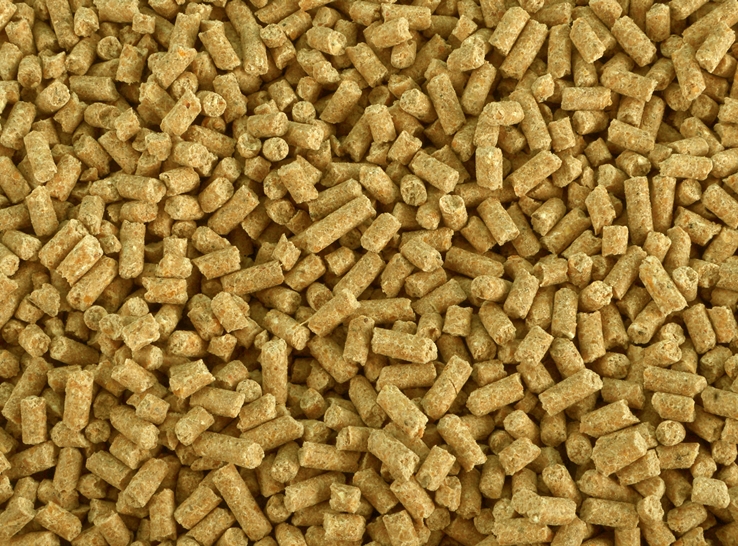Finding the right balance of economics and growth performance is key when developing turkey poult diets. Limiting the metabolizable energy (ME) content is one way to reduce costs, but that can also reduce the young birds’ growth potential.
Recognizing this dilemma, Chansol Park, PhD, product manager, Pathway Intermediates, and his colleagues wanted to evaluate the impact of supplementing lysophospholipids (LPL) in turkey poult diets. They hypothesized that LPL (Lipidol® Ultra) would improve growth performance in poults fed low-ME diets.
“Derived from phospholipids, LPL has a similar molecular structure but with one less fatty acid tail,” he reported at the 2024 International Poultry Scientific Forum.
“Consequently, we expected that feeding LPL would increase nutrient digestibility by improving the absorption rate and, in turn, the turkey poults’ growth performance.”
Study design
The researchers randomly and equally assigned 1,050 Meyer turkey poults to one of five dietary treatments (210 poults per treatment). They carried out 15 replicates per diet with 14 birds in each.
The five diets included one positive control, one negative control and three negative control diets containing LPL supplementation.
LPL supplementation in the three negative control diets was as follows:
- 25 kg per metric ton (0.5 lb. per ton)
- 5 kg per metric ton (1 lb. per ton)
- 75 kg per metric ton (1.5 lbs. per ton)
The poults received the diets in two phases: a pre-starter phase from 0 to 21 days of age and a starter diet from 21 to 42 days.
“We prepared the positive control diets as a typical commercial turkey poult diet consisting of corn and soybean meal,” Park noted.
“Negative control diets contained soybean oil at about 30 kg (66 lbs.) per metric ton, which is lower than in the positive control, to reduce the ME concentration by 150 kcal per kg.”
The team measured the poults’ bodyweight and feed consumption before and after each diet phase and calculated feed efficiency as gain-to-feed ratio.
Pre-starter results
For the pre-starter phase, there was no significant difference in bodyweight among dietary treatments; the mean bodyweight for all birds was 706 grams. During that period, birds fed a positive control diet recorded lower feed intake compared to poults on all other diets.
“This finding may be due to differences in the ME concentration between positive control and negative control diets,” Park noted. “Put simply, birds receiving the negative control treatments consumed more feed to meet their daily ME requirement for maintenance and growth.”
Birds consuming the positive control diet had lower feed intake compared to those on other diets, but there was no difference in 21-day bodyweight. This means that the birds fed a positive control diet had better feed efficiency than their counterparts.
“In the end, we found no growth performance gains from LPL supplementation during the pre-starter phase,” he said.
The overall impact
The outcome changed when considering the total experimental period — day 0 to 42. Unlike the pre-starter phase, there was no difference in overall feed intake between the dietary treatments.
Interestingly, birds fed a positive control diet and those receiving a diet containing 0.75 kg per metric ton of LPL had better feed efficiency than those that were fed the negative control diets.
Within the negative control groups, however, bodyweight and feed efficiency increased linearly as dietary LPL supplementation increased, Park said.
“There was a clear response in the LPL inclusion, which may be due to the increased nutrient absorption, thereby improving feed efficiency,” he added.
To further summarize the results, Park noted that there was no difference in feed intake, bodyweight or feed efficiency between the positive control diet and diets containing LPL with reduced ME concentration. So, the poults maintained growth performance despite low ME levels.
The recommendation
The recommended inclusion rate of the LPL (Lipidol Ultra) used in the study is 0.5 kg per metric ton. However, the researchers reduced the ME concentration by 150 kcal per kg and saw similar responses in the treatment containing 0.75 kg per metric ton of LPL.
“We estimate, based on the ratio, that this 0.5 kg per metric ton inclusion may be compared to an ME reduction of 100 kcal per kg,” Park said. “Further research is needed to verify this inclusion rate to maximize the gross performance of turkey poults.”
Overall, the study demonstrated that supplementing dietary LPL improved the growth performance of turkey poults receiving diets with reduced ME content.





